Sustainability and interdependence
Food supply, plant growth and productivity
The human population is increasing and this increases demand for food. Farmers can alter genes, control pests and ensure acceptable well-being to increase yields of plants and livestock.
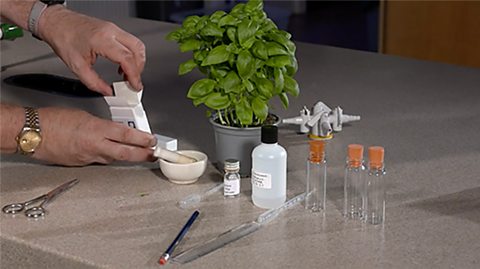
Plant and animal breeding
Scientists and farmers use selective breeding to improve the characteristics of plants and animals. This includes genetic sequencing - a process which allows scientists to determine the precise sequence of DNA nucleotides for a living organism.
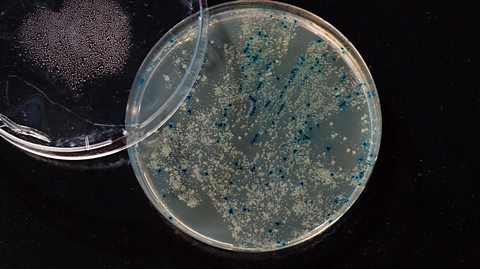
Crop protection
Farmers need to protect their crops against damage caused by weeds, pests and disease. To do this, they use cultural and chemical control methods. However, there are disadvantages to consider for each of these methods.

Animal welfare
Animal welfare refers to the wellbeing of an animal. Farmers need to consider the costs, benefits and ethics of animal welfare and the indicators of poor welfare.
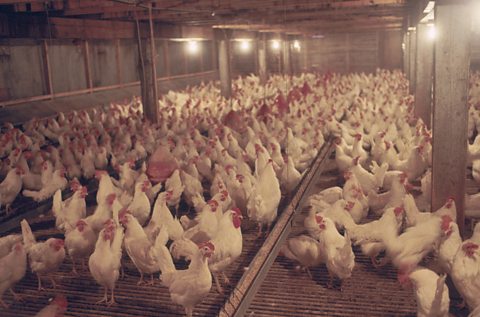
Symbiosis
Many organisms live with others and depend on each other for survival. For example organisms can have symbiotic relationships.
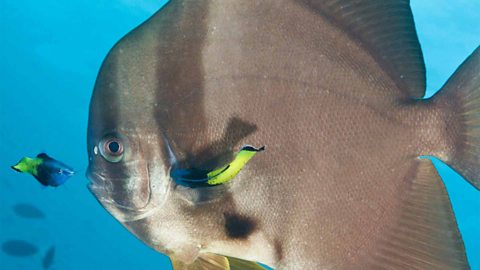
Social behaviour
Many organisms live with others and depend on each other for survival. For example many animals live in social groups.
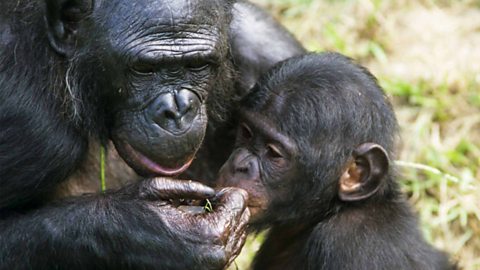
Biodiversity
Biodiversity is the total variation between all living things and can be measured to help identify species that need to be supported. Threats to biodiversity have adverse effects on the ecosystem.
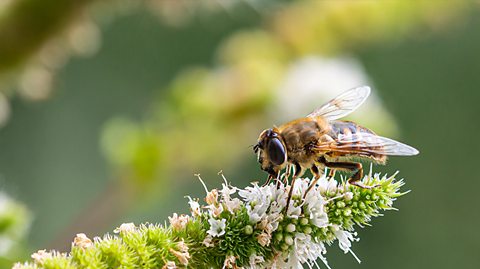
Links
- External linkExternal link
- External linkExternal link
- External linkExternal link
- External linkExternal link